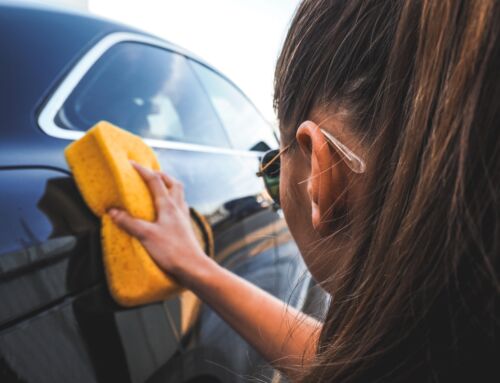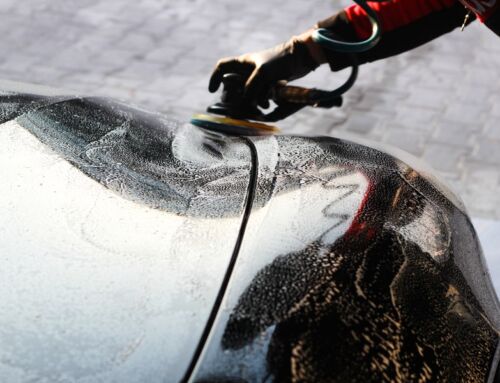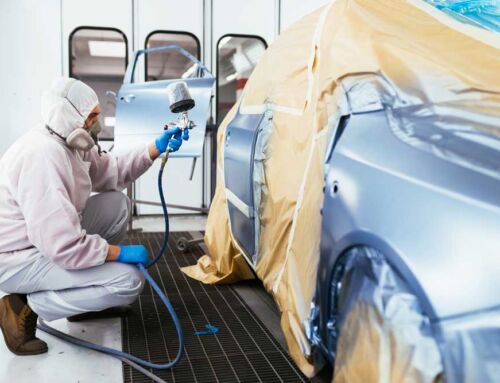So you just pulled your car out of the lake, and now you’re wondering what step two is. Of course, that is not the only way that a car can suffer water damage, but you may feel just as helpless if your car has been flooded in any way. After all, there is a reason that CarFax reports check for flood damage, and it is something that you hope you will never have to deal with.
How to Reduce Water Damage to the Inside of Your Car
There are some steps you can take to reduce the water damage done to the inside of the vehicle after the event has occurred. First, keep in mind that the following steps deal only with the interior of the car. The engine and exterior will take professional work to repair water damage, but these are some steps you can take right away.
Get the Water Out
This sounds obvious, but it is not as easy as it sounds. First, use a wet vacuum to remove all the excess water possible. Once you have done that, you will need to remove any loose items like floor mats and hang them to dry. Then comes the hard part.
You will need to dismantle as much of the interior as possible. You will need to remove soaked carpets to keep the water from seeping through and possibly rusting the metal below. Then take out the seats and console, making sure to disconnect any electrical wires attached in the process.
Dry It Out
Now that you have as much of the interior dismantled as possible, you can begin the drying process. Leave all the doors and windows open to allow the car to air dry, and plug a fan beside it to force air through. If you have one, you can use an air compressor to blow out excess moisture.
When you are certain that the car is completely dried out, you can begin to put the everything back in place. After that point, the only step left is getting the stink out. The easiest way to do this is by taking it to a local car wash and letting them give it a good deodorizing. Or keeping a lot of boxes of baking soda in your car for a while. Air fresheners won’t cut it.




